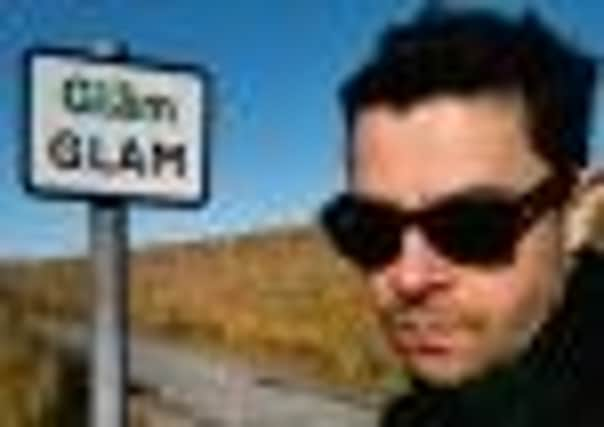Roger Cox: Something magical happens to a map when you annotate it


Other highlights include “boggy slopes”, “wet and lumpy high ground” and the rather vague-sounding “craggy volcanic peaks, etc”. As you may have guessed, Mole is not a conventional mapmaker. He doesn’t do spot heights or contour lines or little circles with crosses on top to denote churches with spires. Then again, it would be inaccurate to describe his maps as inaccurate. They are drawn to scale and are recognisably of Skye, and while they might not be particularly precise representations of the physical landscape, that’s not really their purpose.
Mole describes them as “memory maps” and he drew them after making a series of solo journeys around the island in the summer and autumn of last year. Their aim, he says, is not to record the terrain he passed through but “the lived experience and the impression left”. So while some of the things marked, like schools and hospitals, will be common to all maps of the area, others are more ephemeral. Chances are the spot near Dun Torvaig marked “took off my shirt and sat for a while” has not featured on a map of Skye previously, for any reason.
Advertisement
Hide AdMole is a professional artist and his maps – one of Portree, the other of the whole island – were commissioned by Skye and Lochalsh arts organisation ATLAS Arts and the Portree Area Community Trust. They will be displayed on information boards around Portree and print copies will be available from April. Tourists, I predict, will love them. Why would a visitor to Skye prefer a borderline nonsensical map full of blank spaces and pointless details (such as “man building a fence” and “mints in window”) to one prepared by the ever-dependable Ordnance Survey? You wouldn’t buy a car that worked only some of the time, just because the previous owner had scribbled a few amusing anecdotes on the dashboard.
The answer has to do with the fact that something a bit magical happens to a map the second you start annotating it. A new map is like a blank page, but draw a line on it – any line you like – and it begins to tell a story.
One of the most memorable maps I’ve ever seen was hanging in the kitchen of a heli-ski guide in Revelstoke, Canada. On his giant map of the Columbia Mountains he had marked every peak he’d skied using a helicopter and every peak he’d climbed and skied under his own steam. Each mark on the map represented a story and we stood and drank beer and talked about the marks on his map for what seemed like a very, very long time. In a way, I suppose, the map was a sort of visual diary, with each mark a jumping off point for another memory. This guy wasn’t the sort to keep a diary, but he had no problem with keeping a map.
And if the act of annotating an existing map is arguably a form of storytelling, then drawing a map from scratch definitely is. A few years ago I was up at Thurso, covering the now-defunct O’Neill Coldwater Classic surf contest, and I got chatting to one of the competitors, Cornwall’s Sam Lamiroy. Even though I told him a hundred times that I was terrified of big waves and wouldn’t paddle out into the teeth of giant surf for all the money in the world, Sam insisted on drawing me a sketch map of Waimea Bay – the fearsome Hawaiian big wave spot – complete with arrows showing where to paddle out safely, where to sit to catch the best waves and where to run to on those bowel-loosening occasions when the horizon suddenly goes black. “Just in case you ever need it,” he said. He knew I’d never use it, but for him, I guess, the map was a storytelling aid and perhaps a way of making sense of the things he’d seen and experienced as well.
If Mole’s maps are art – and the art world certainly seems to think they are – then there’s a whole army of map-making outdoor nuts out there who are artists without realising it. Not that they’d ever admit to it, of course.